Resolution No. 27-NQ/TW of the 10th Party Central Committee dated August 6, 2008 on building a team of intellectuals in the period of promoting industrialization and modernization of the country - affirmed: Building a strong team of intellectuals is directly raising the intelligence of the nation and the strength of the country; Investing in building a team of intellectuals is investing in sustainable development.
After 15 years of implementing Resolution No. 27, through assessments by ministries, branches and localities, the Vietnamese intellectual community has developed in both quantity and quality.
However, building a team of intellectuals in the period of promoting industrialization and modernization still has limitations, including the cultural sector.
Speaking with Giao Thong Newspaper, Dr. Tran Huu Son, Director of the Institute of Applied Folk Culture Research, said that it is time to have breakthrough policies to employ, reward and honor intellectuals in the cultural sector.
Dr. Tran Huu Son.
Intellectuals in the cultural sector are both lacking and weak.
How do you evaluate the current situation and quality of human resources in the cultural industry?
Human resources in the cultural field include: management human resources, production and business human resources and creative human resources.
According to statistics of the cultural sector, the direct workforce working in state management agencies of culture, arts, physical education and sports , public service units and enterprises operating in the cultural sector in general is more than 72,000 people; the indirect workforce, working in sectors related to culture, arts, physical education and sports is about 150,000 people.
In reality, many central and local agencies lack qualified staff capable of handling cultural management tasks. Meanwhile, the creative and expert teams are still lacking and weak.
We still lack leading experts in the fields of cinema, stage management, critical theory, and outstanding talents, young world-class talents in all fields of culture and art. Although our economy has developed much more.
In general, cultural human resources still have weaknesses, not meeting both the quantity and quality of expertise; foreign language proficiency is still limited, affecting international exchange and integration; creative capacity has not kept up with the innovation of developed countries in the region and the world .
According to you, what are the causes of the shortage of both quantity and quality in the intellectual team of the cultural sector?
In my opinion, there are three main reasons. The first is the social perception of the cultural industry. Culture has not been properly recognized when it is considered an entertainment industry, "flags and trumpets", "anyone can do it"...
This mindset leads to arbitrary planning and appointment of cadres at many times and in many places, even assigning cadres who are not capable of doing the job, have low capacity and prestige, and lack deep expertise to work in the cultural field. Many cadres at Departments and Offices of Culture are not trained in culture or cultural management but transferred from other sectors.
Culture is a special industry, the management team in this field also requires special expertise. If the cultural management leaders are only good at art but do not know how to manage, they will not be able to steer. On the contrary, those who know how to manage but do not understand culture are even more dangerous, they do not know how to find talent, appreciate talent and propose sustainable development policies for the whole industry.
That is, cultural officers require both dedication and deep understanding of culture to be able to sympathize, explain, and clearly analyze cultural issues and values, thereby having clear perspectives, orientations, and solutions for cultural development.
The second is the training gap. In recent years, the Ministry of Culture, Sports and Tourism has had training projects, along with projects to cooperate with foreign countries in training programs. However, every year they "complain" about the lack of targets. This shortage stems from the fact that we have not had a long-term training policy in the past. It is too late to start training now, it will take more than 20 years for us to get results.
Third is the inadequacy of policies in developing and utilizing talents. When talents are not given special attention and have appropriate policies, it is very difficult.
High-end and traditional arts are lacking in talented successors. (Photo: To Quoc)
Talent must be invested boldly.
From the content of Resolution No. 27-NQ/TW of the 10th Party Central Committee to current reality, in your opinion, how can we change the current situation as you just mentioned?
In the current context and for many years to come, the fourth industrial revolution is still developing strongly, promoting leaps and bounds in many fields, creating both new opportunities and challenges for every country.
It must be determined from the beginning that investing in cultural and artistic talent has never been cheap! Talent must be invested boldly. However, the investment strategy for this human resource team needs to have clear goals and mechanisms in the policy of discovering, attracting and employing talented people.
First of all, in the stage of talent selection, it must start from the primary schools, the primary cultural houses. When selecting for training, there must be a specific policy mechanism for these talents. For example, granting scholarships; increasing quality, living expenses; in addition to talent, it is necessary to provide cultural training, especially foreign languages.
When they grow up, we must choose a good enough career for them to both contribute and make a living. Among those talents, we can choose a few outstanding talents and send them abroad to study at the world's leading training centers.
Next, it is necessary to develop a policy for the use of cultural cadres that is reasonable, appropriate to their expertise and qualifications at all management levels. At the same time, it is necessary to perfect the regime and special treatment policies for intellectuals, artists, and artisans, such as training regimes, salaries, and support for training in difficult, rare, high-level, and traditional arts.
I think Japan’s experience is very good. The government spends all its resources to support Noh artists, artists who focus on creating and dedicating themselves to art. Their shows sell very expensive tickets, more expensive than other types of performances. That is, they link traditional culture with tourism and elevate it to a “specialty”.
Obviously, for artists to make a living from their profession, the state still has to subsidize and link products to the market, specifically tourism. At this time, investing in culture is not only about “spending money” but also “making money”.
Along with that, the state needs to continue to improve incentive mechanisms and policies (on taxes, fees, credit, land use rights, etc.) to promote socialization activities, mobilize investment sources, funding, and donations for cultural development. The state also encourages the formation of funds for training, education promotion, talent development, literature and art promotion, film development, publishing support, etc. Develop incentive mechanisms (such as tax exemption/reduction, etc.) to encourage the establishment of social enterprises providing non-profit services and creating social impact.
However, in the current context, state subsidies alone are not enough. Investment from the state budget is also a driving force to attract additional investment sources from businesses and society.
On the contrary, the management and cultural creative team itself also needs to proactively improve its qualifications, update new things, and keep up with the trend of industrialization and modernization of the country.
Thank you!
“Surveys and statistical yearbooks in several provinces from 2015 to present show that the general situation is that investment in the cultural sector is still low. No province has reached the investment level of 1.8% of the total local budget expenditure for culture.
It is the low level of spending on the cultural sector that causes the development of this sector to be slow, and many localities cannot promote the advantages of building a cultural industry...
While state-funded art works are still mainly associated with serving major holidays or important political events, long-term investment programs have not been implemented synchronously.
Dr. Tran Huu Son
Source


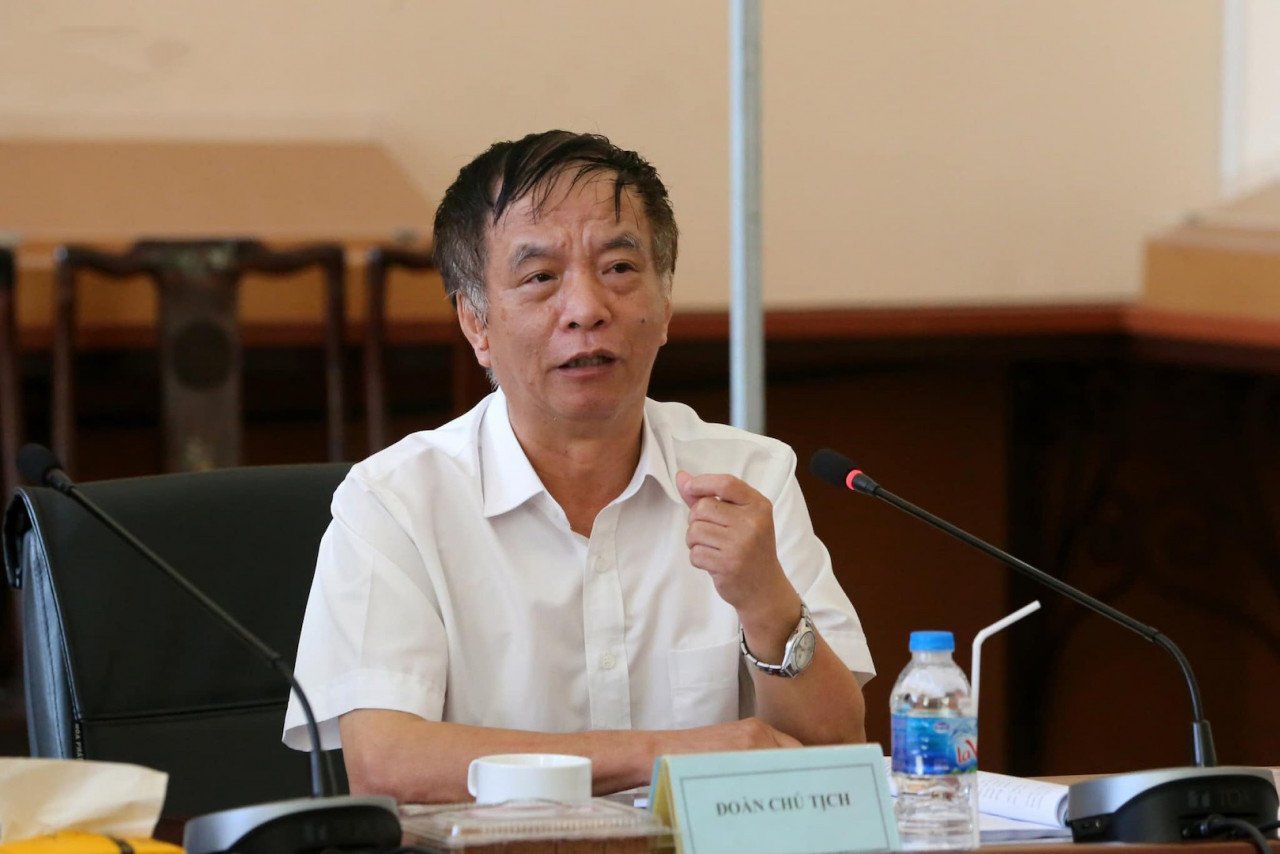
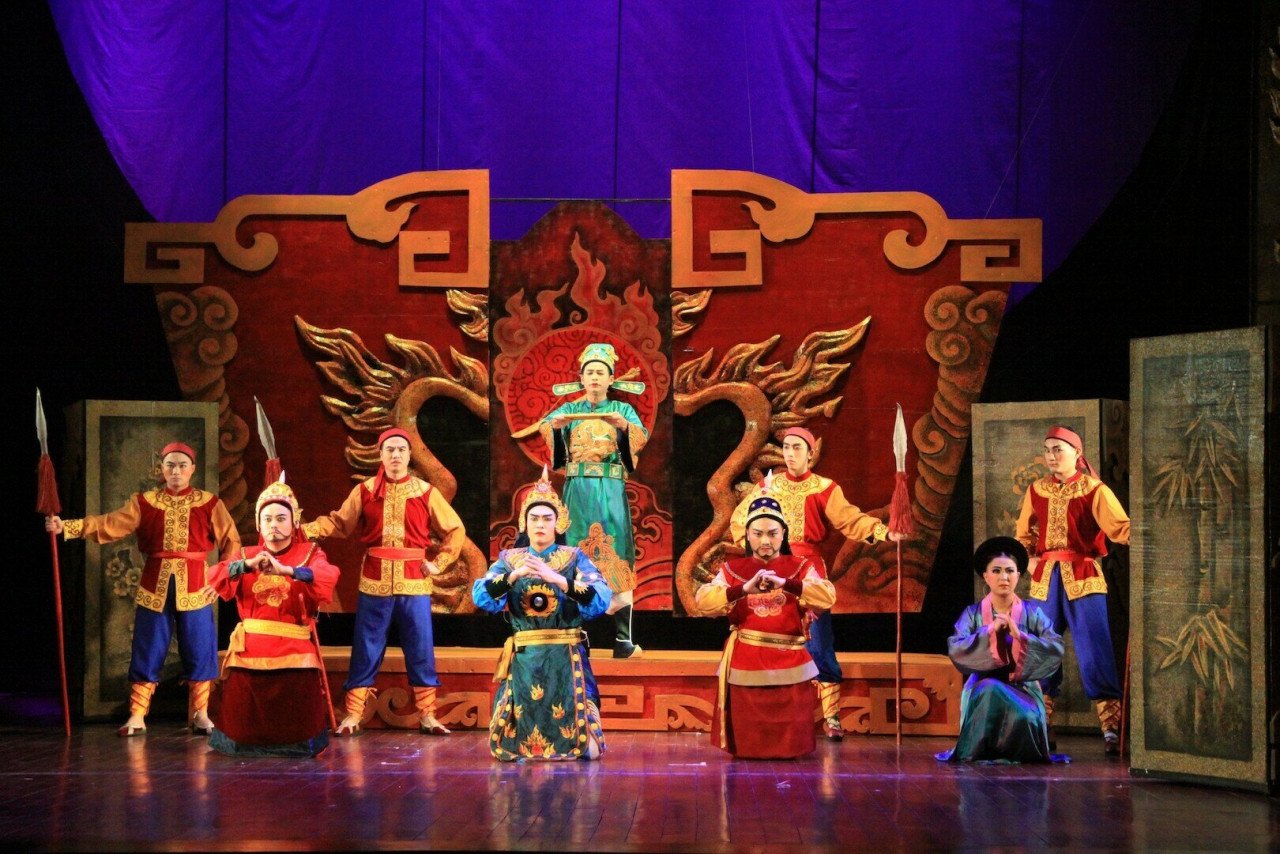

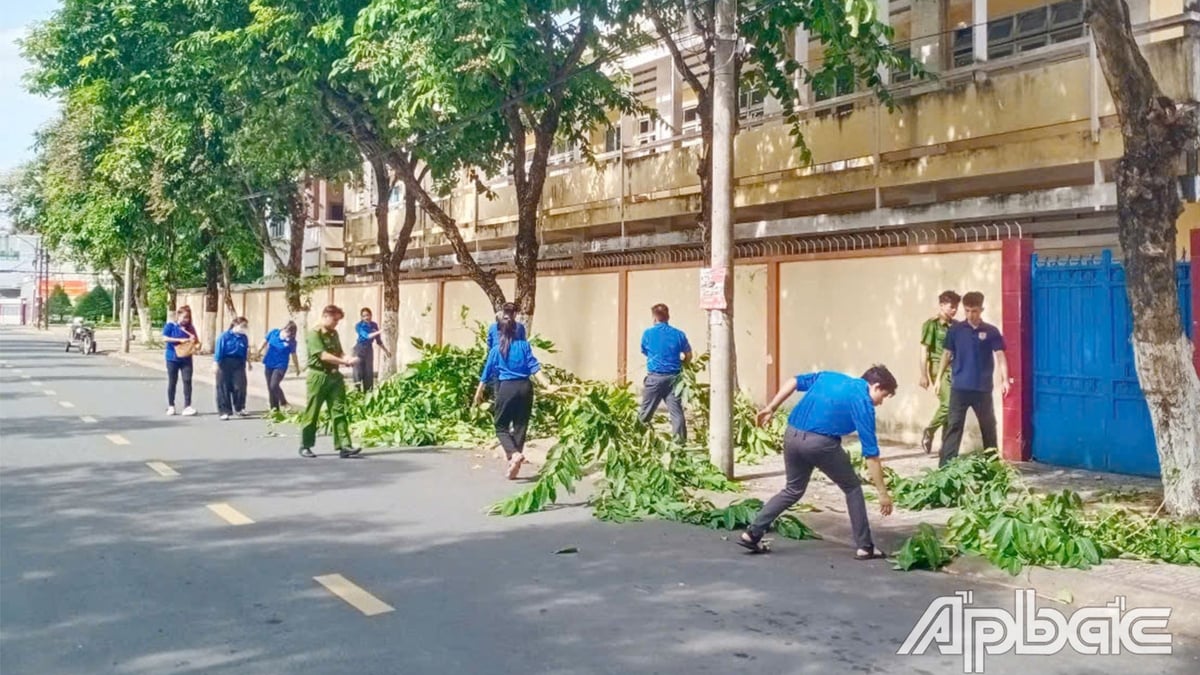
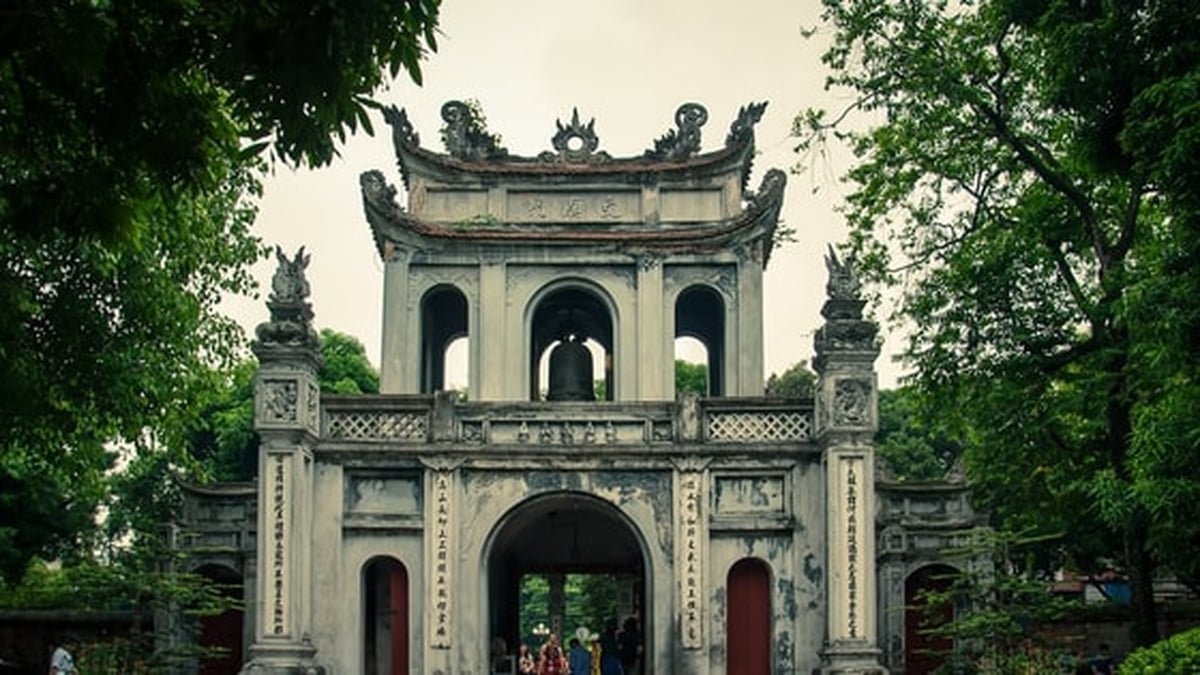
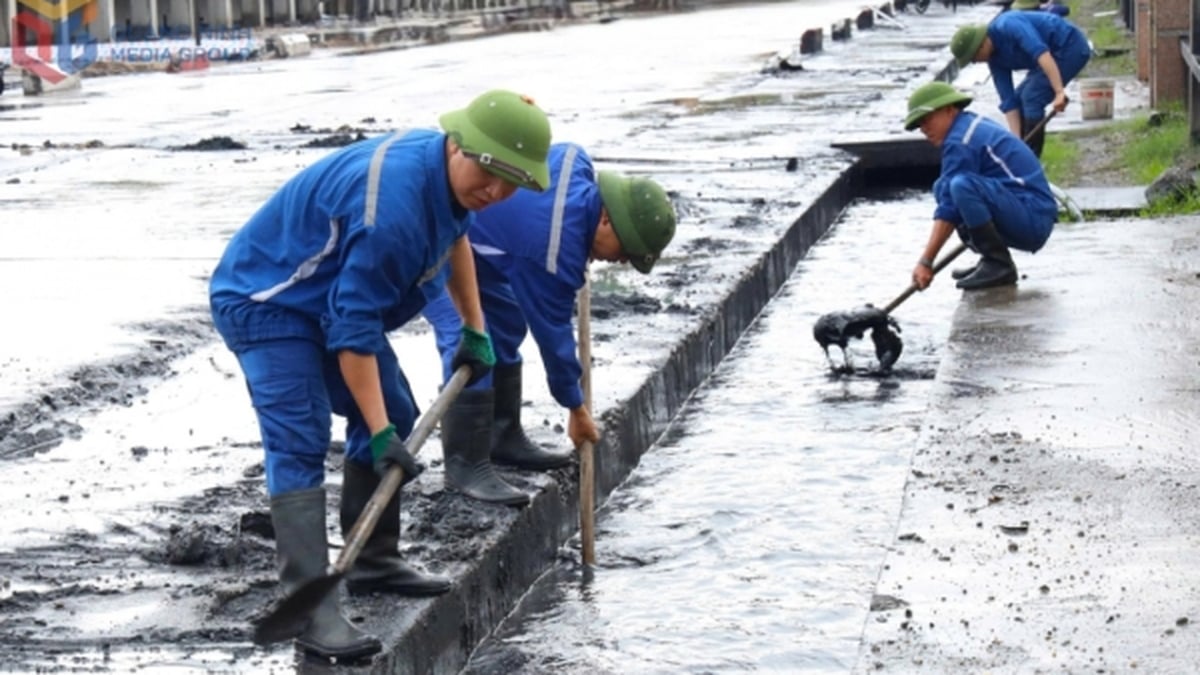
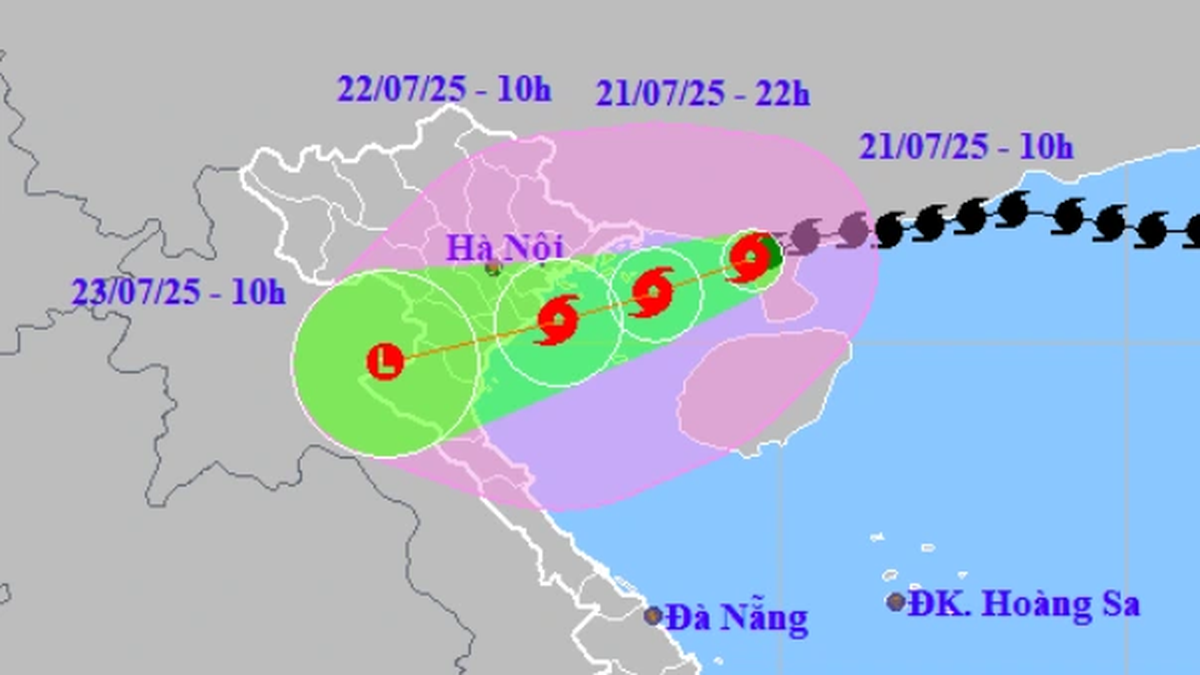

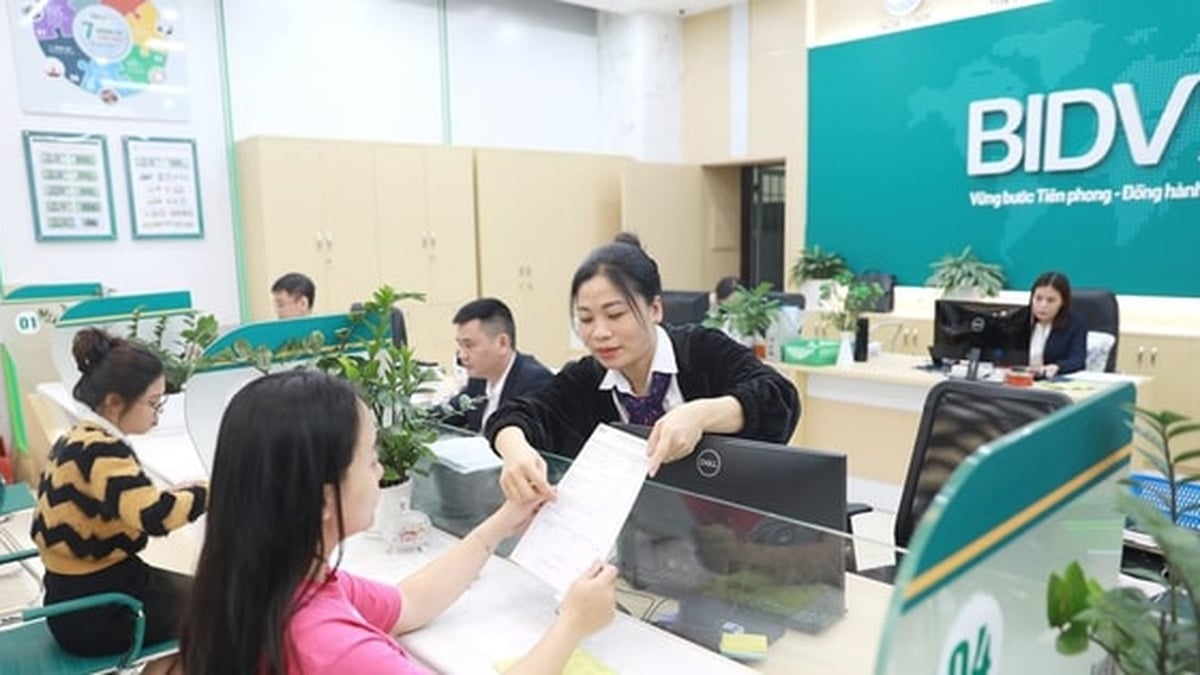
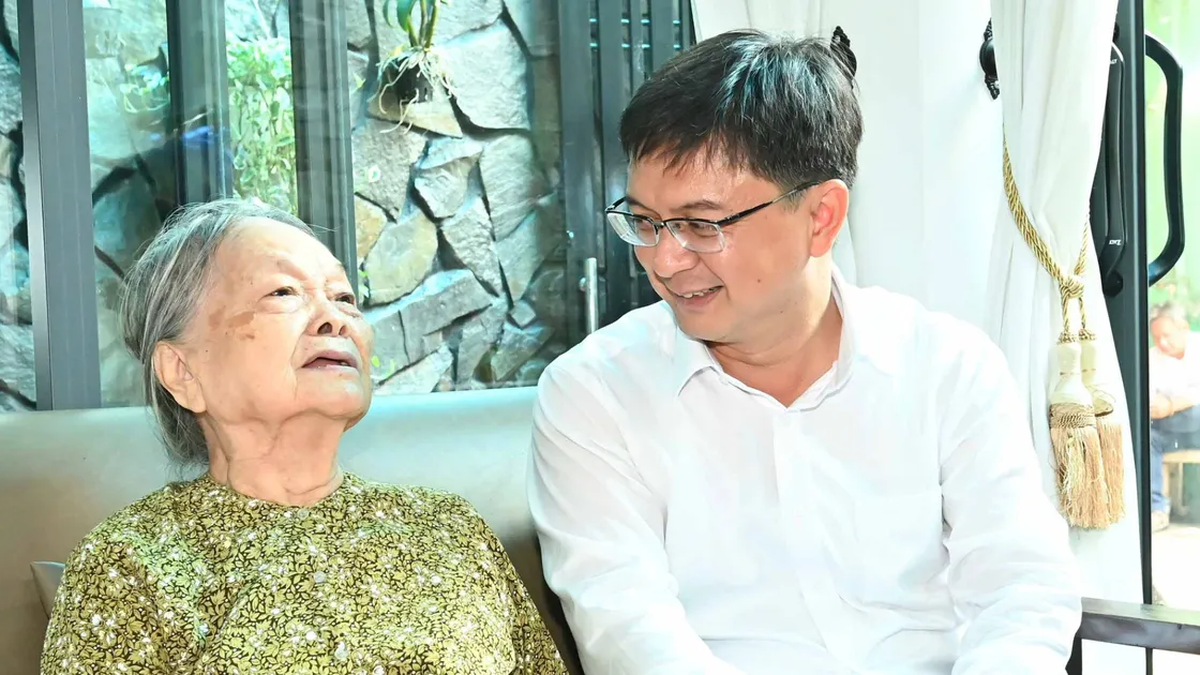
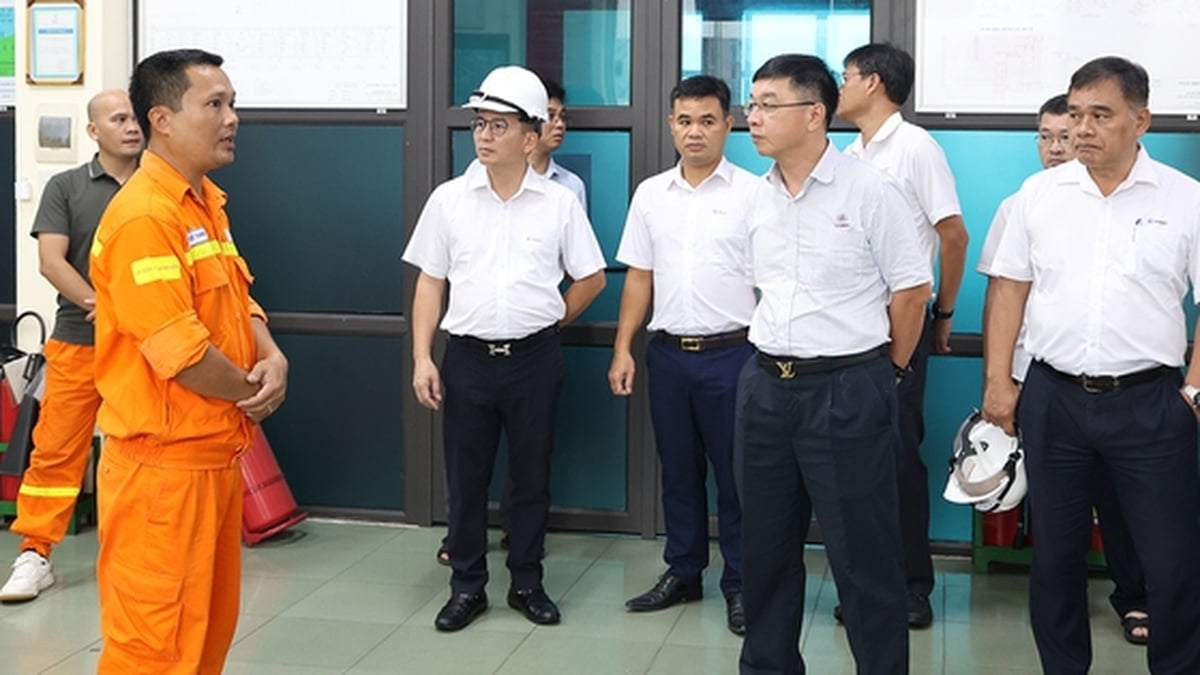


















![[Photo] National Assembly Chairman Tran Thanh Man visits Vietnamese Heroic Mother Ta Thi Tran](https://vphoto.vietnam.vn/thumb/1200x675/vietnam/resource/IMAGE/2025/7/20/765c0bd057dd44ad83ab89fe0255b783)








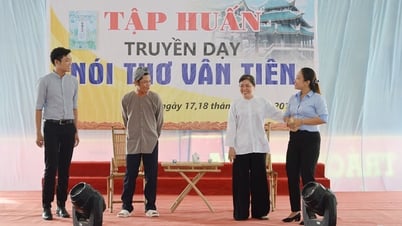
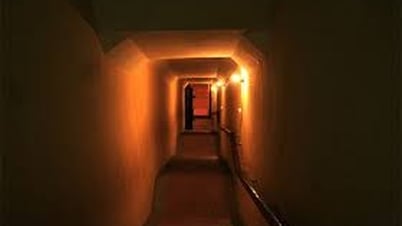

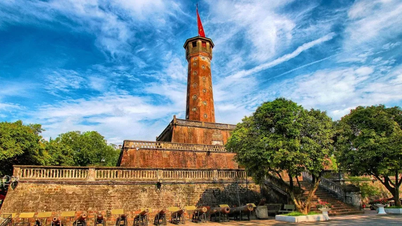















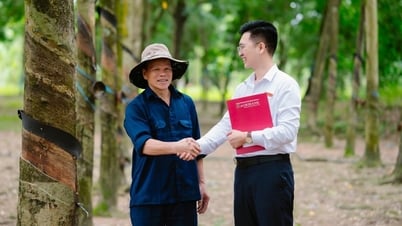



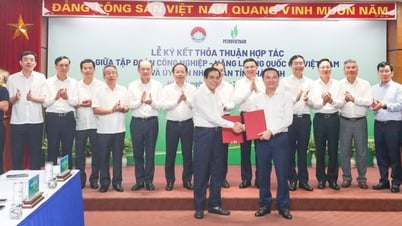
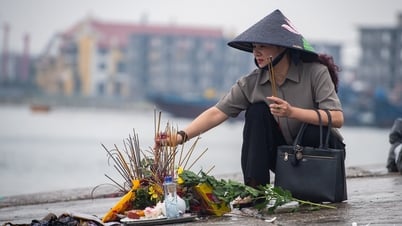



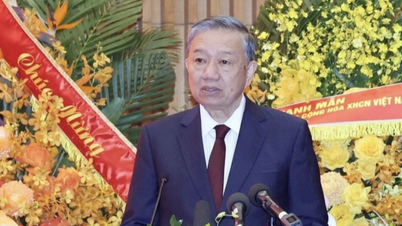



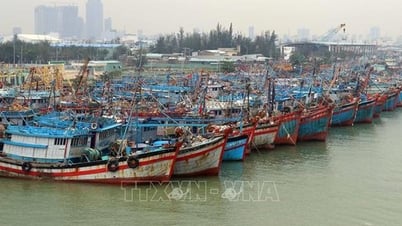

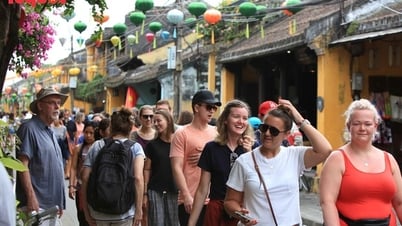
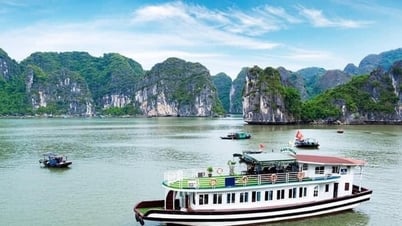

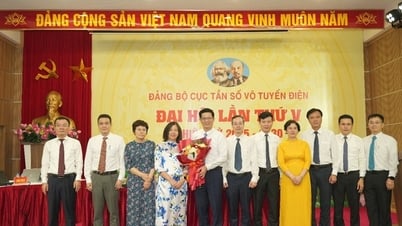

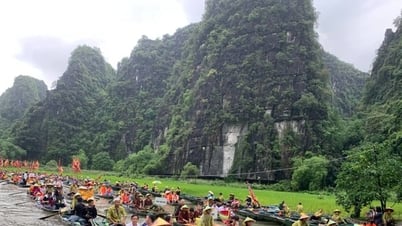

















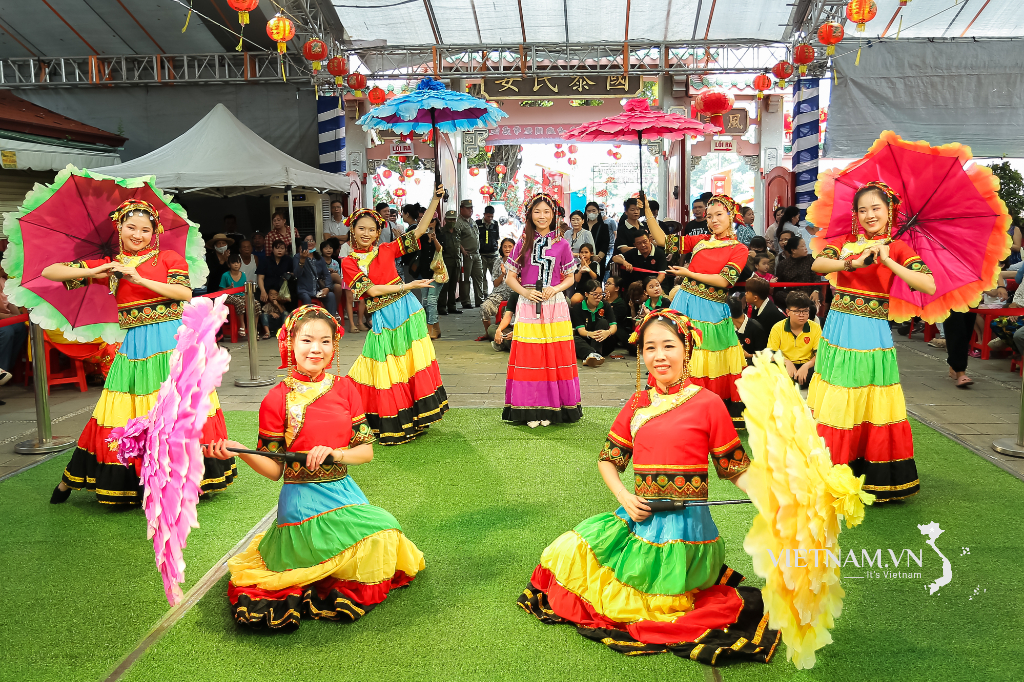
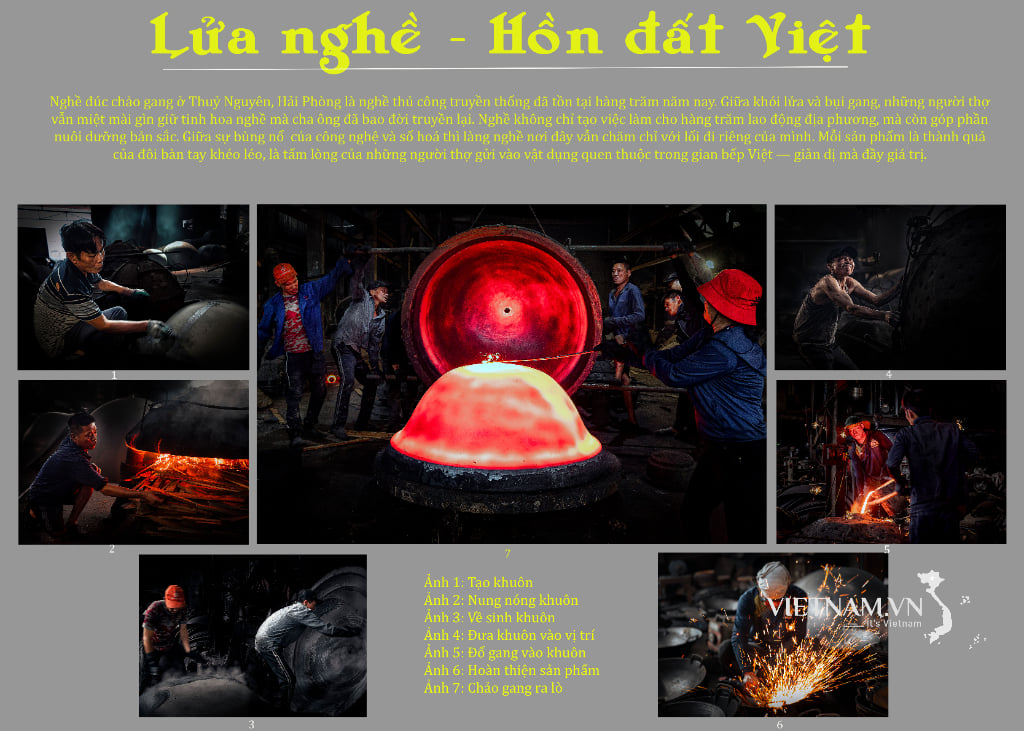
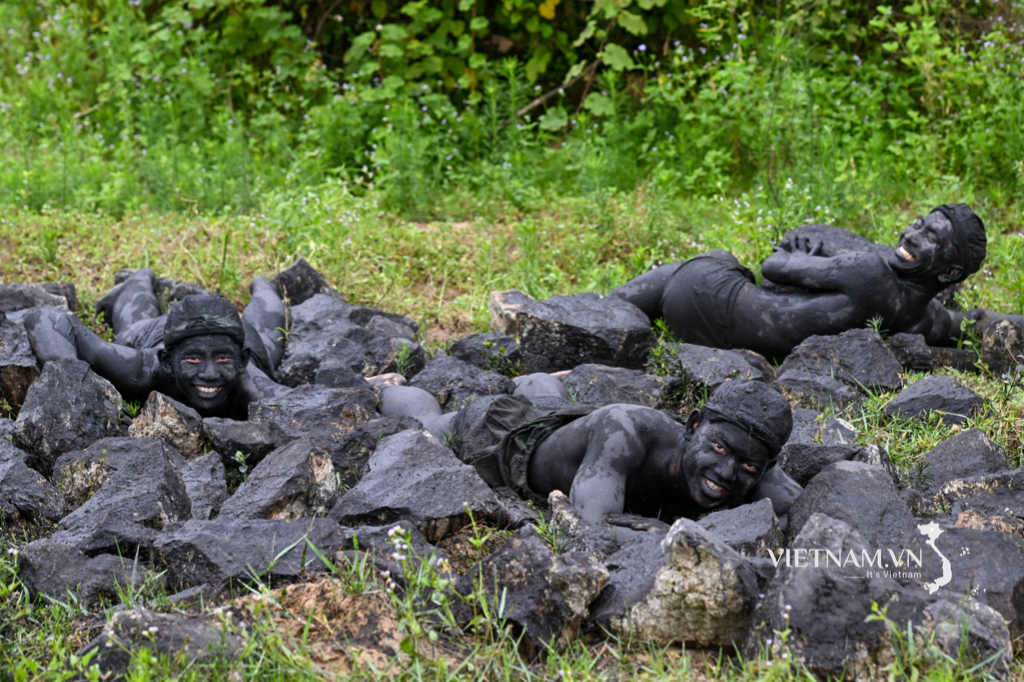
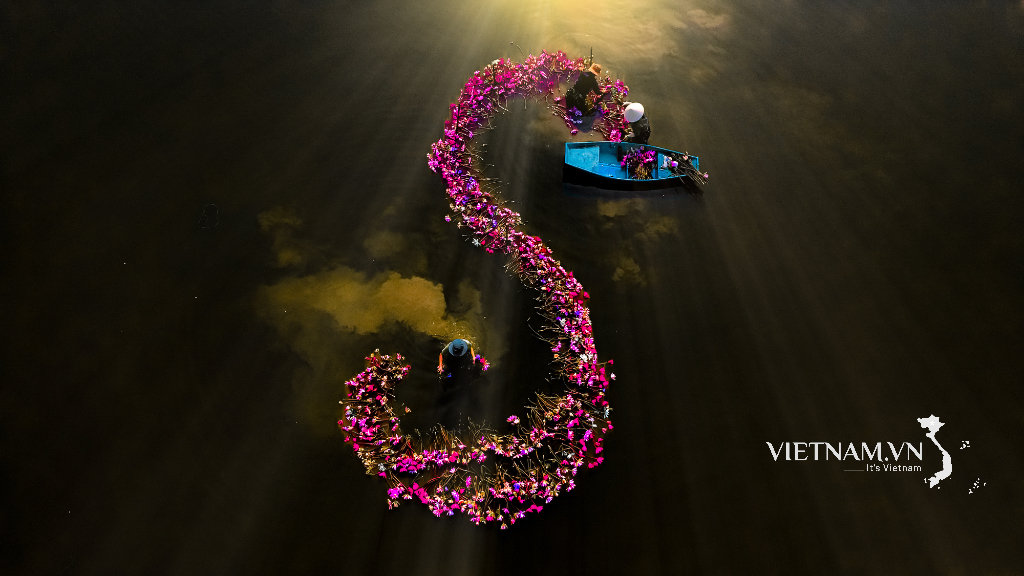
Comment (0)